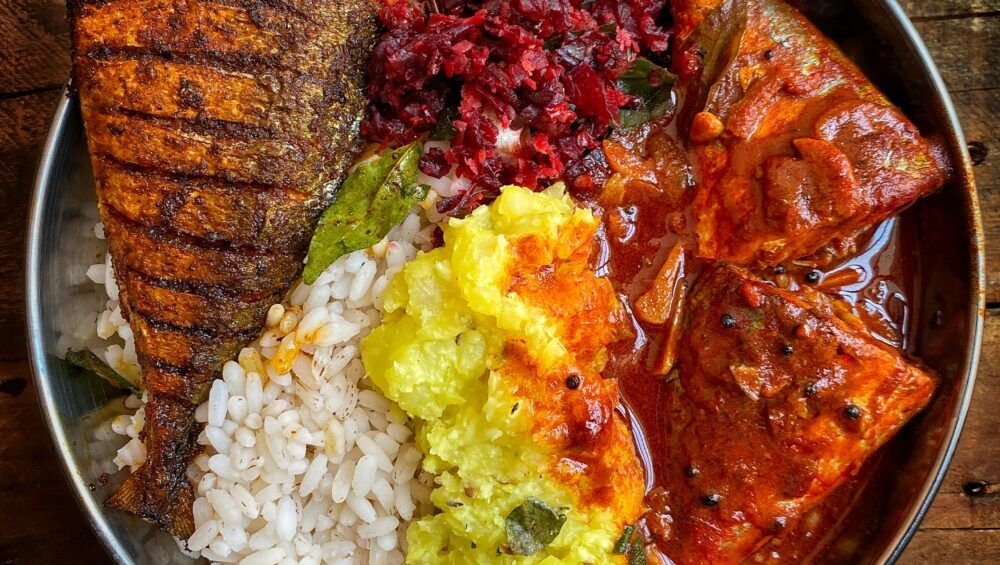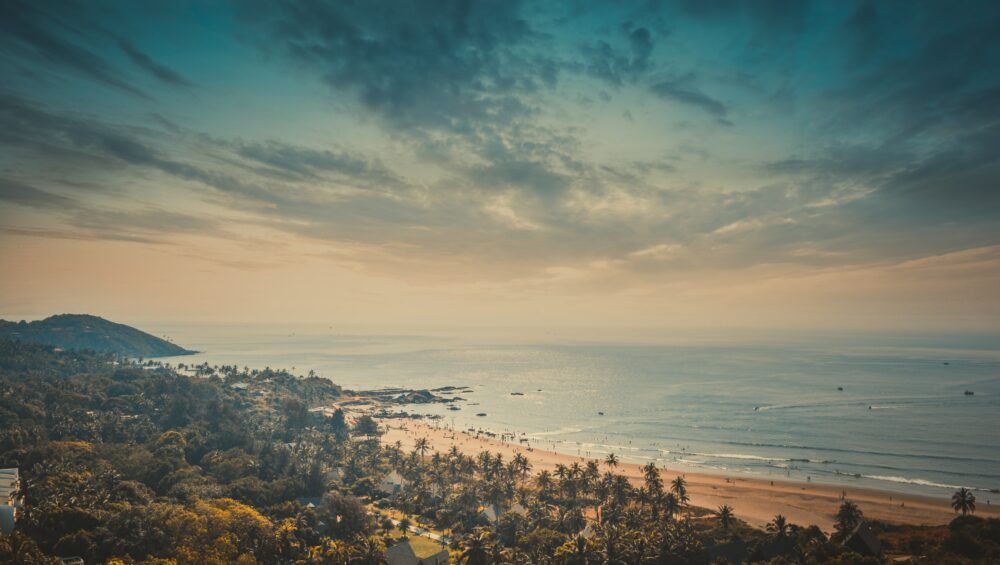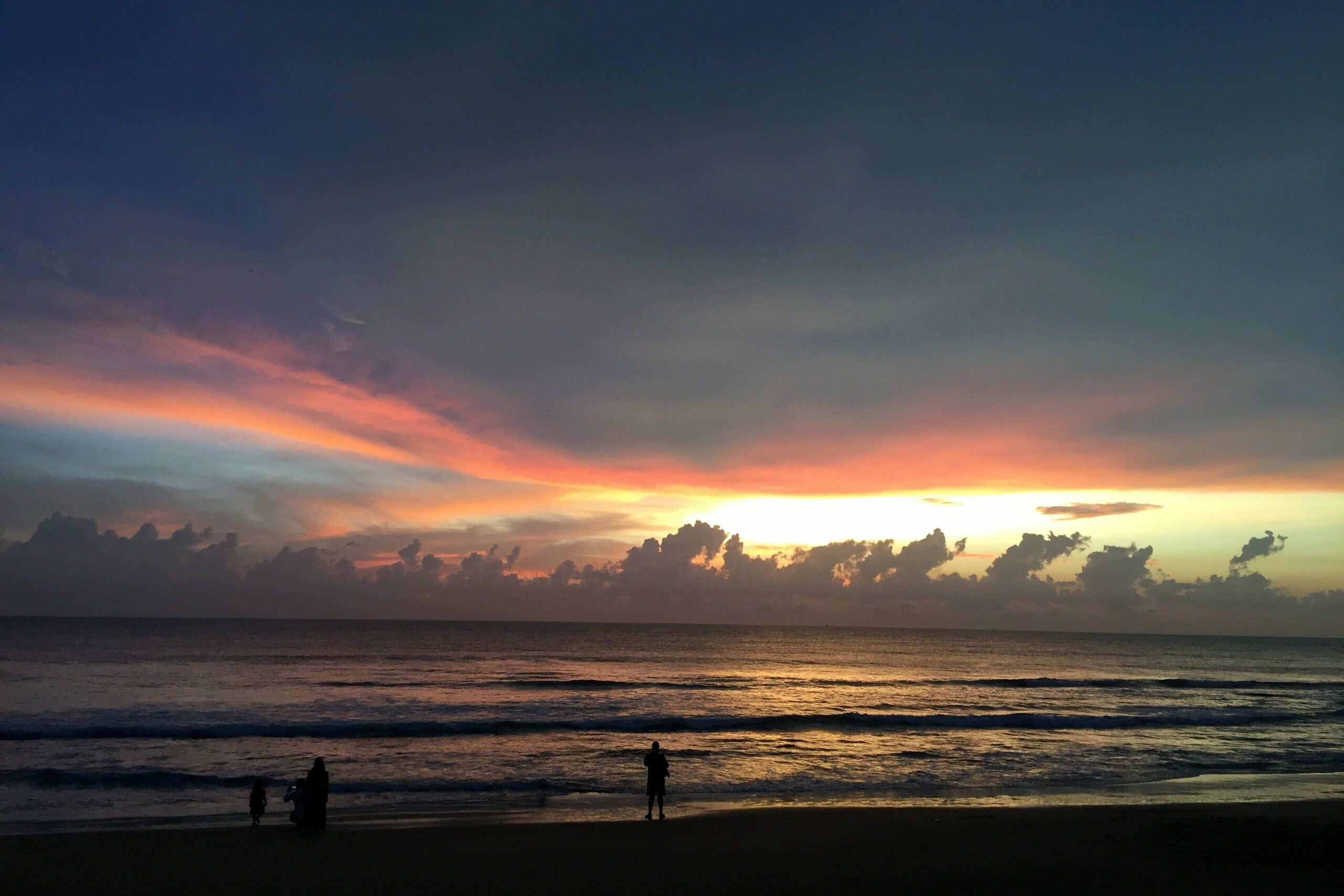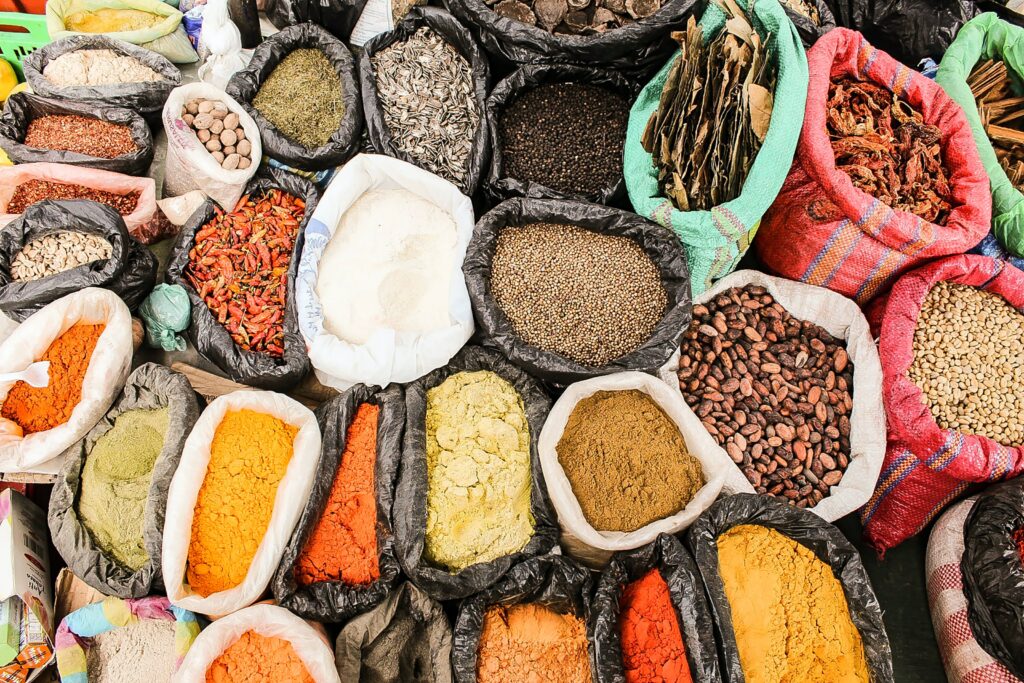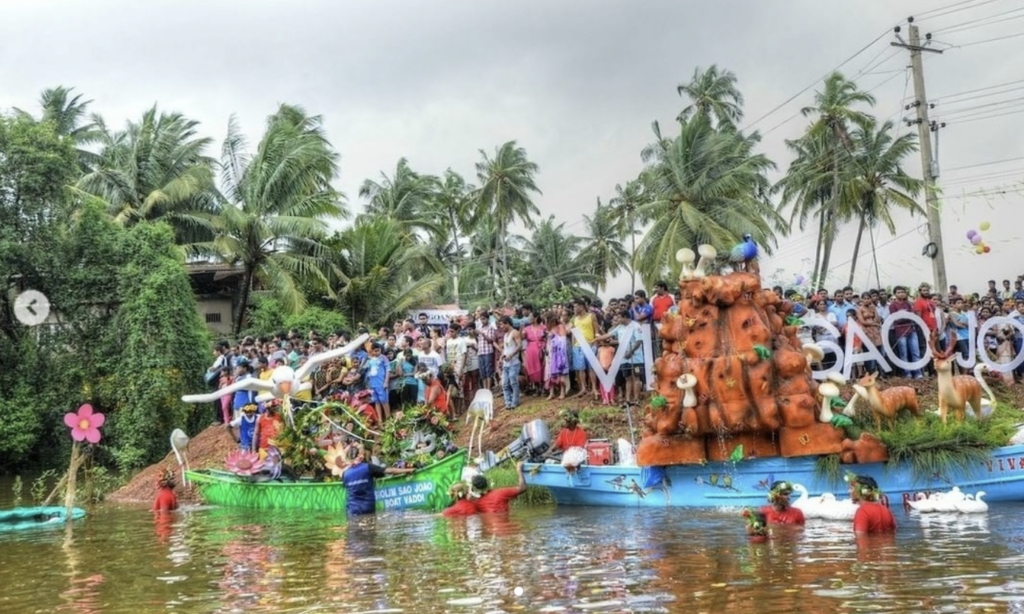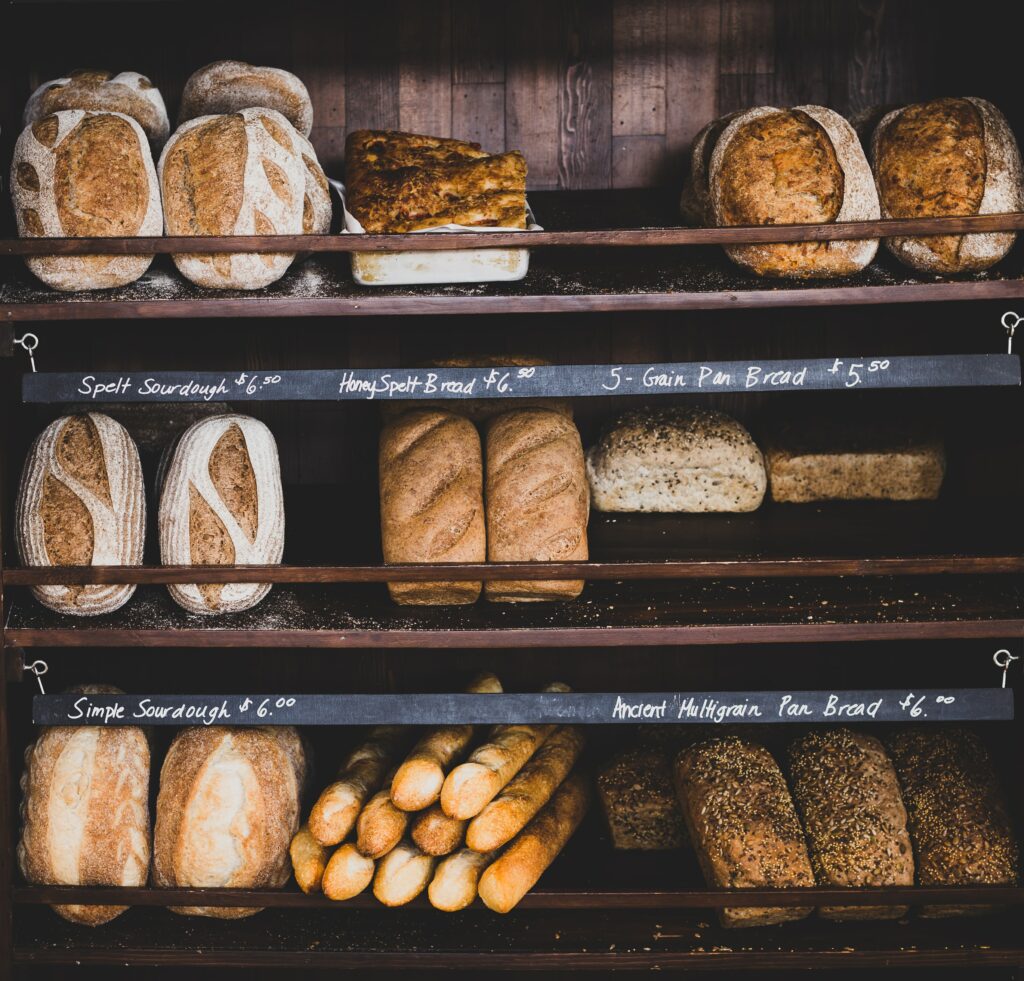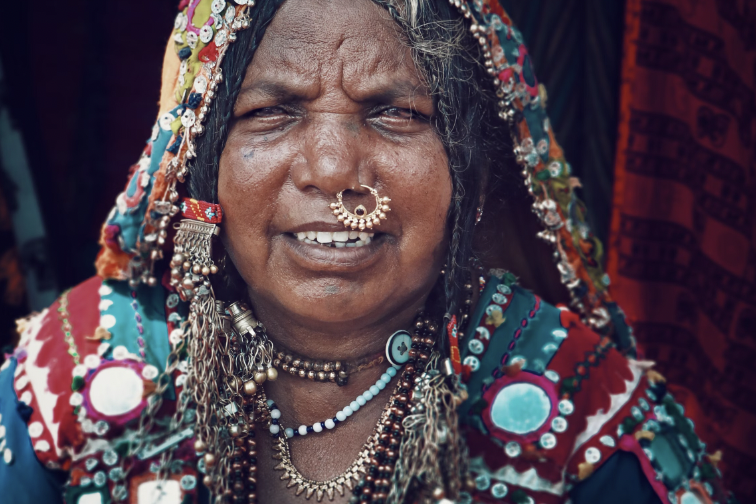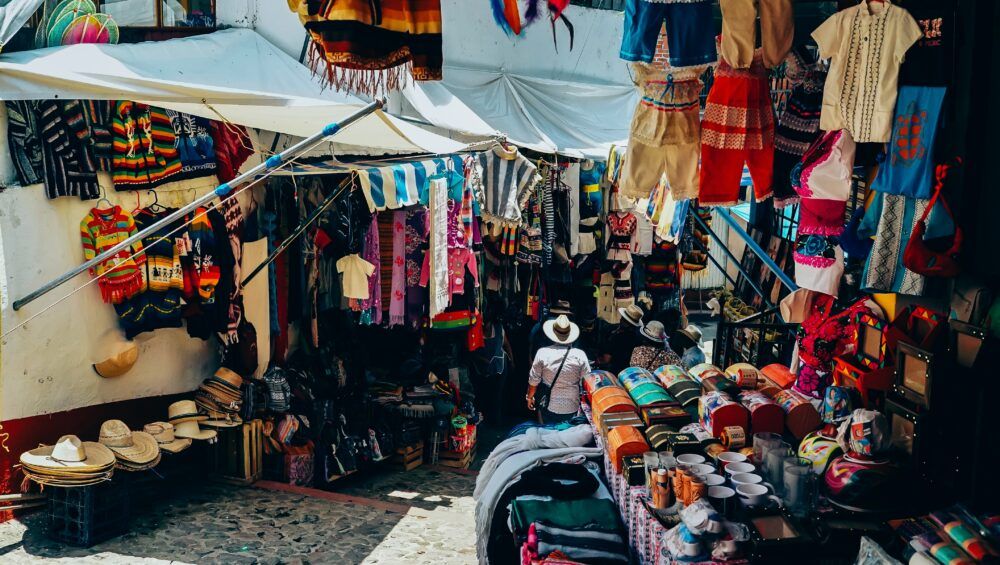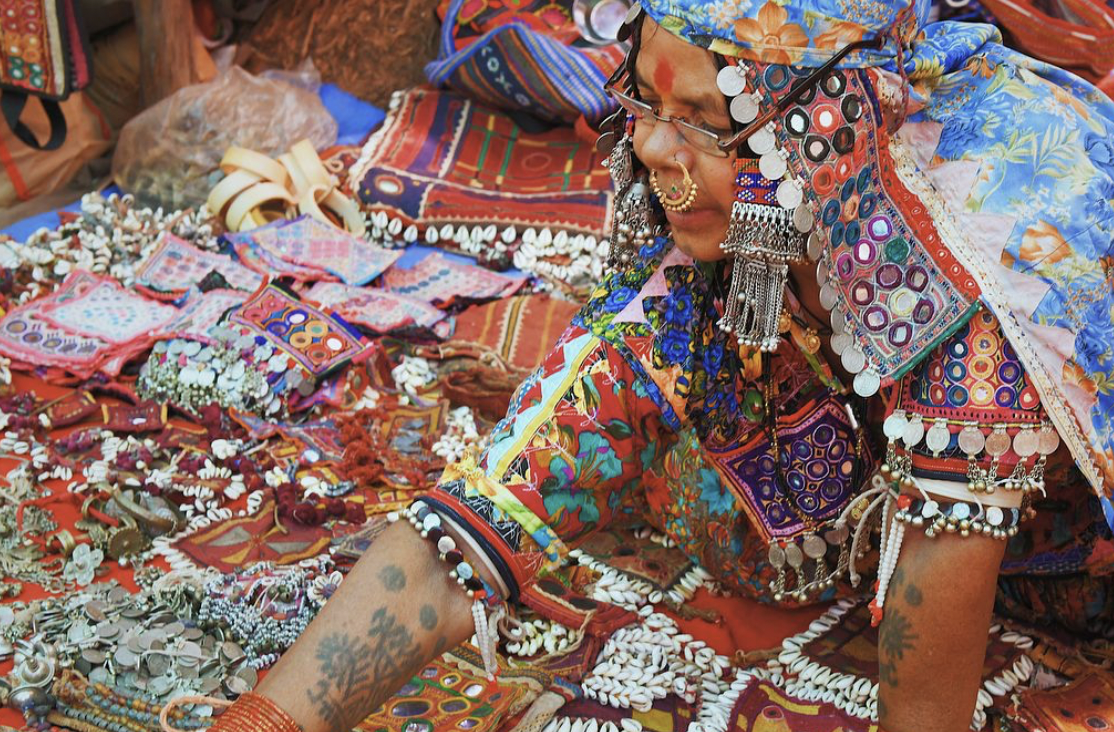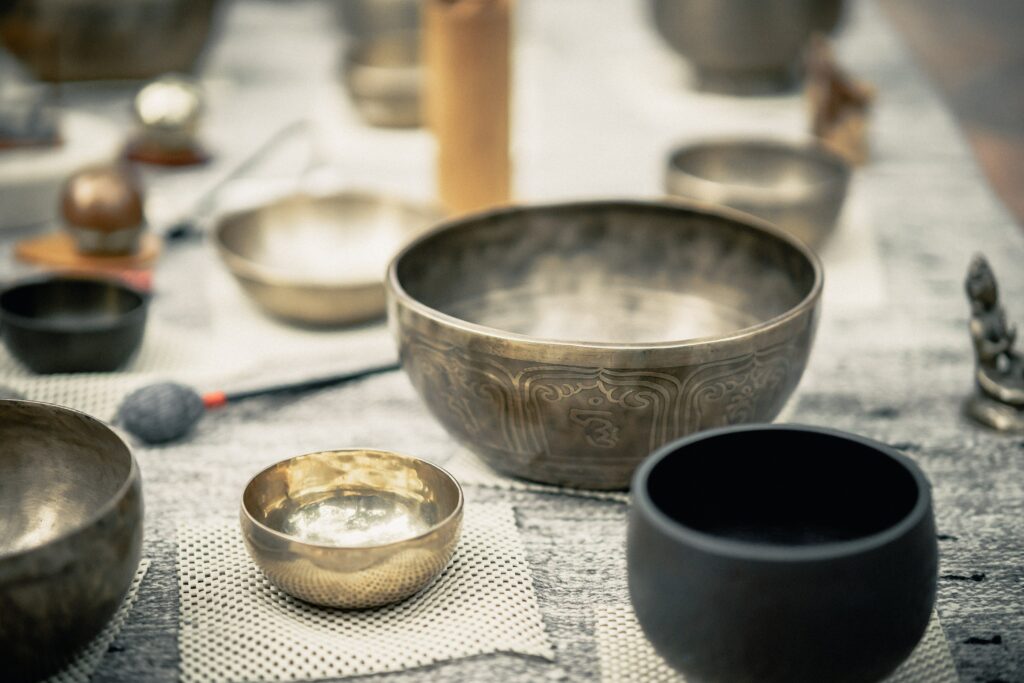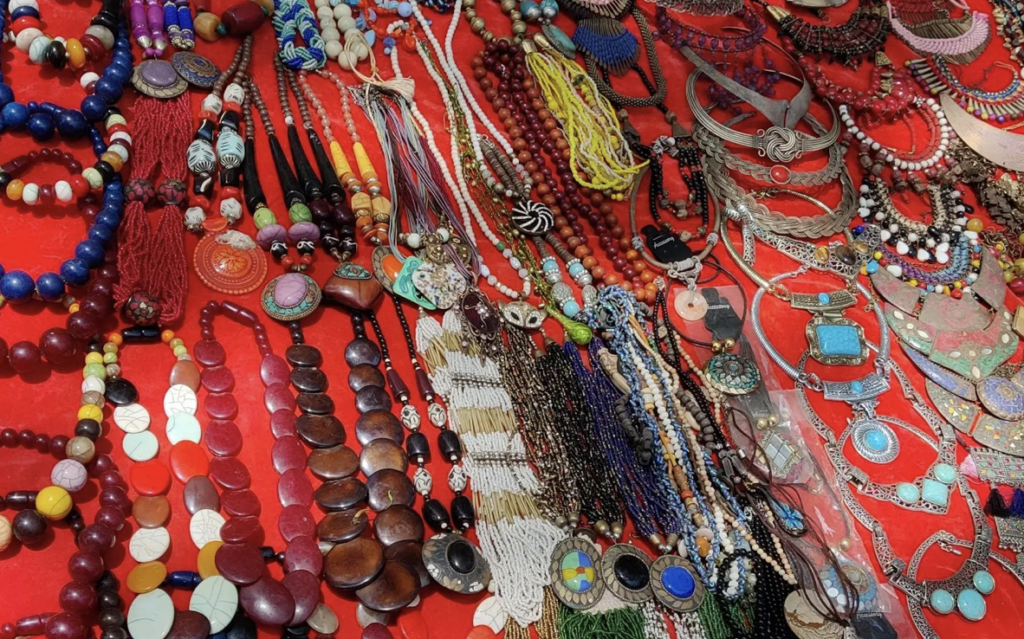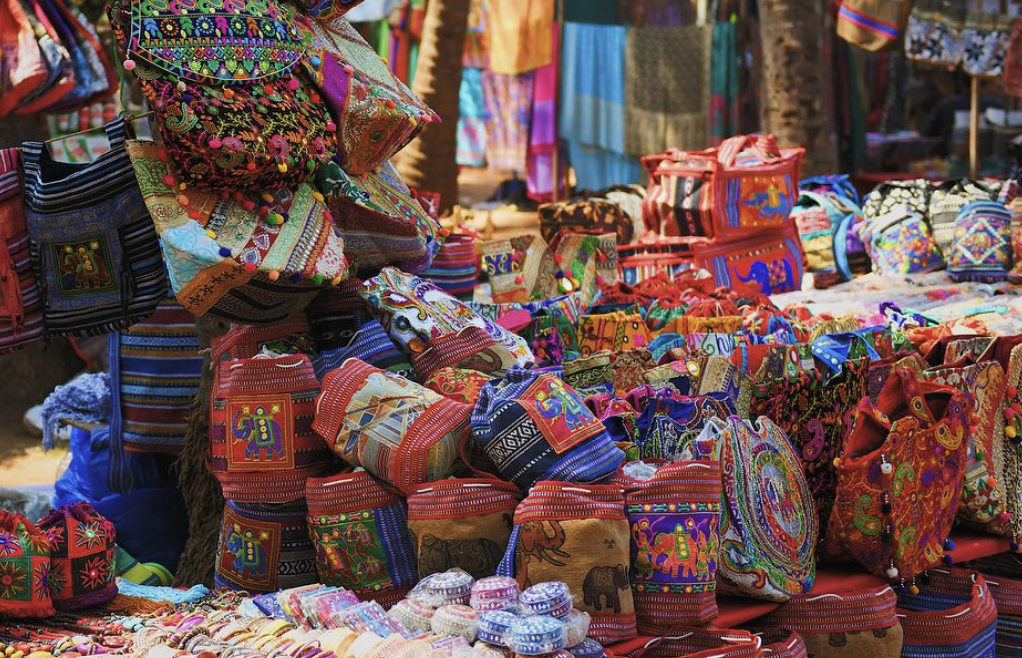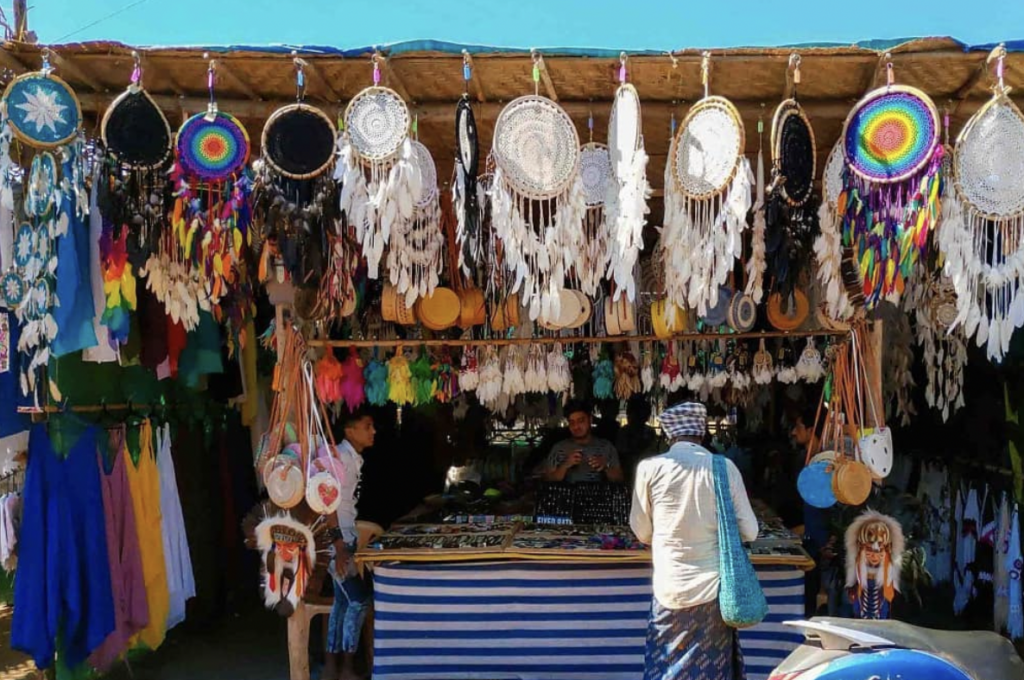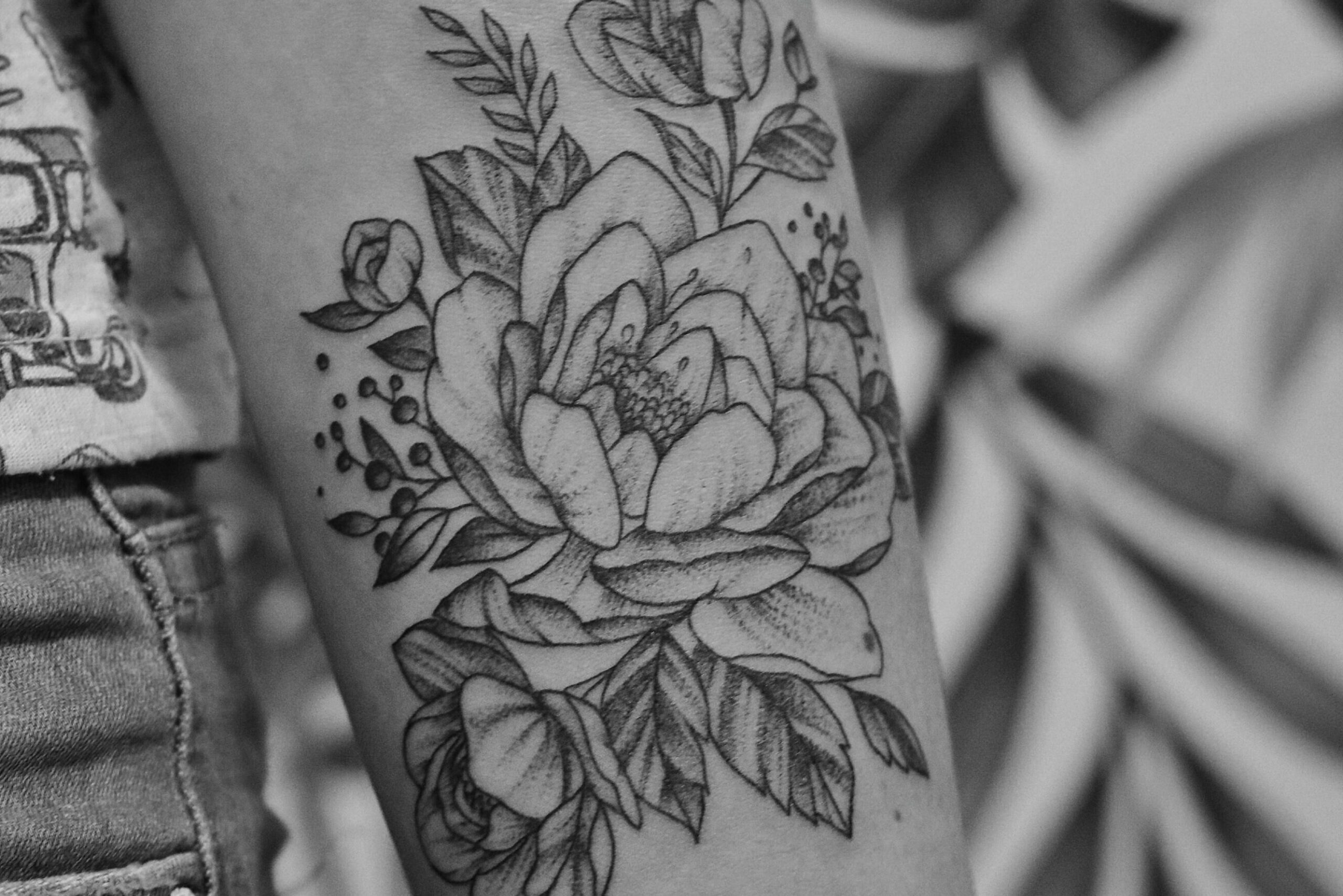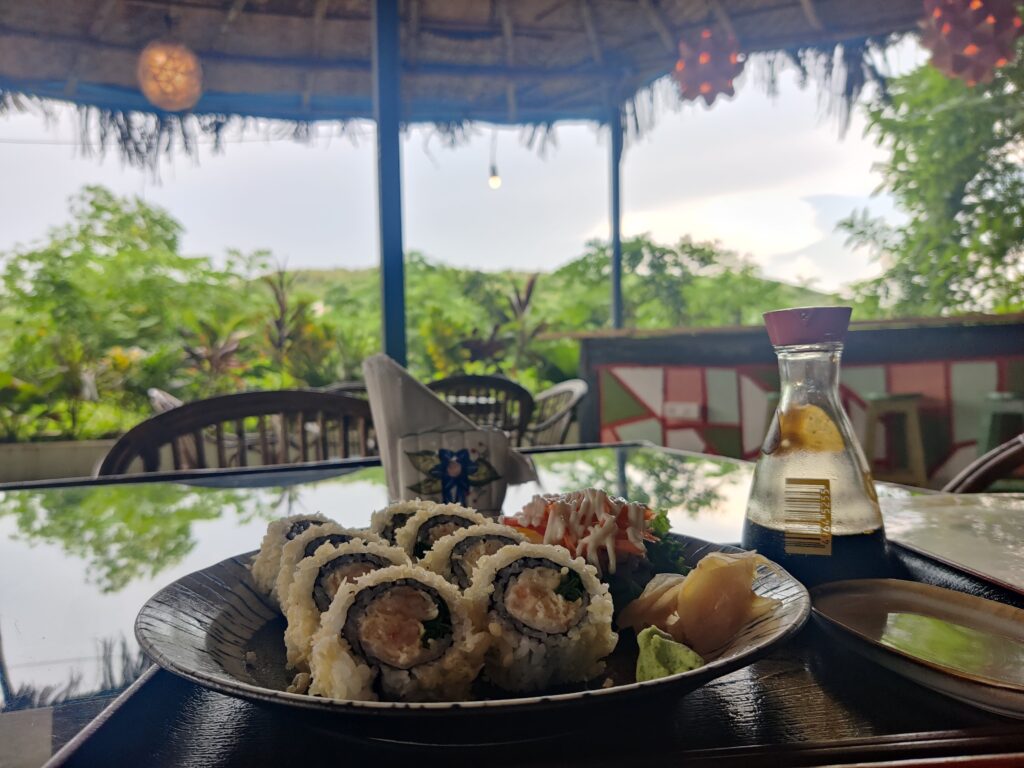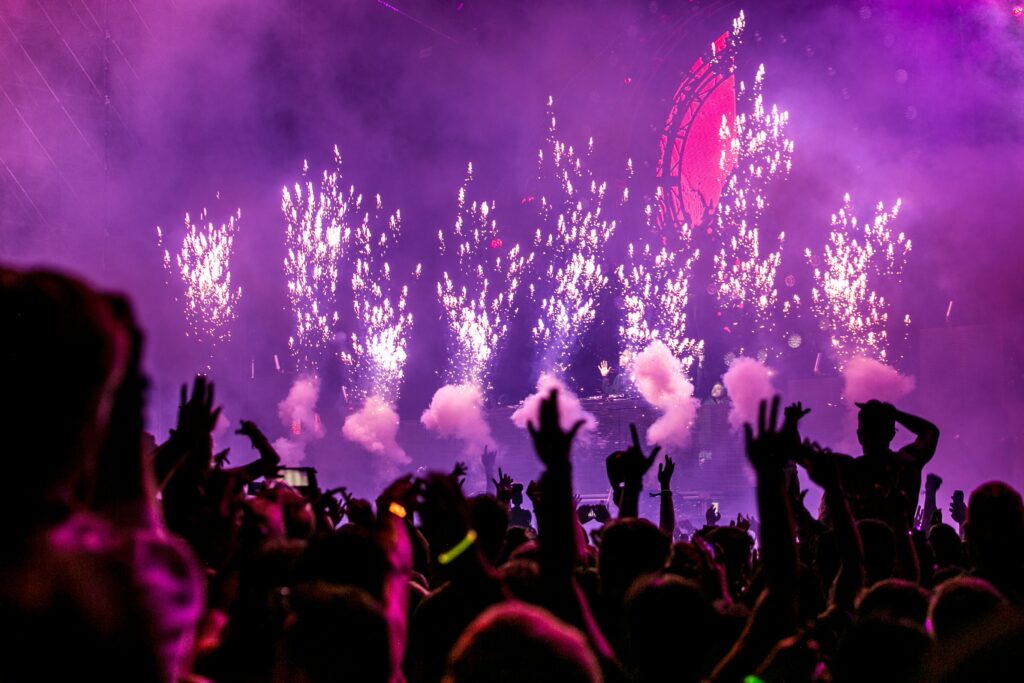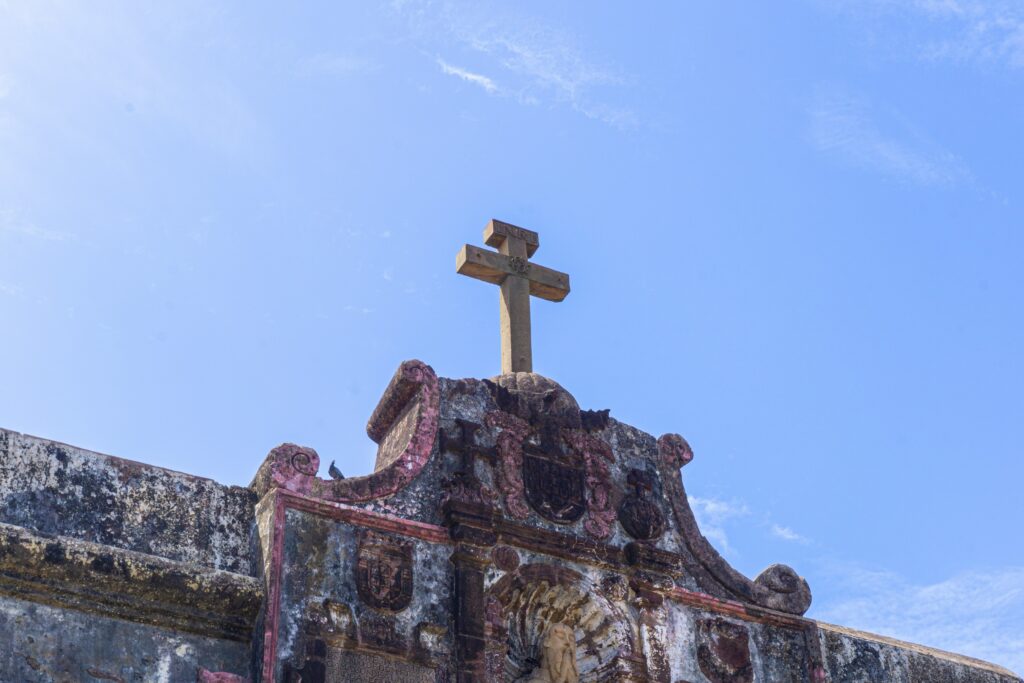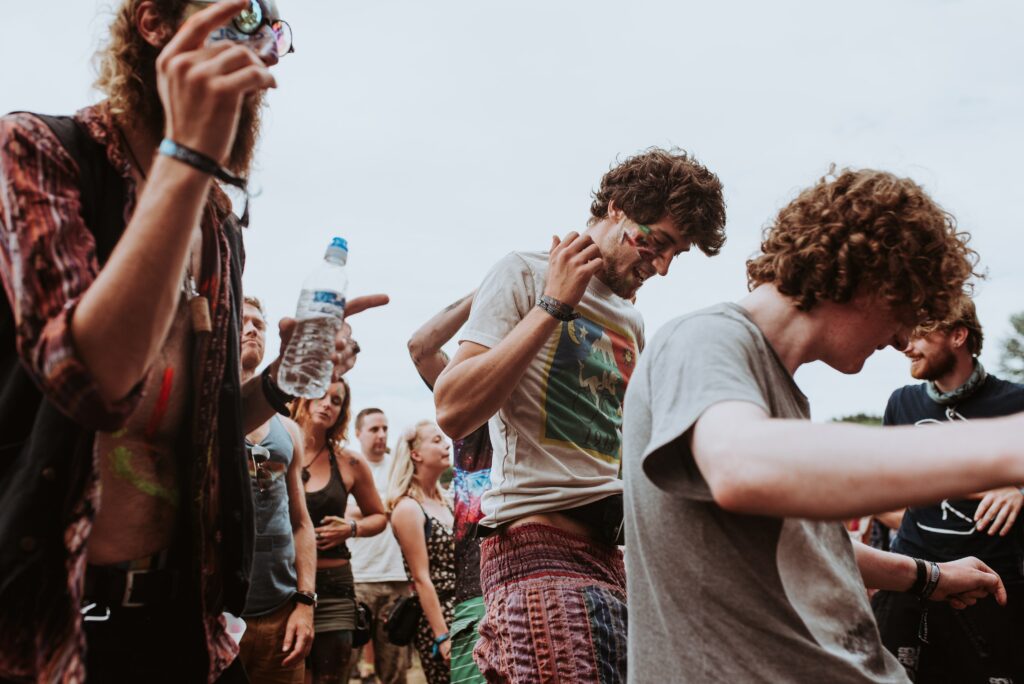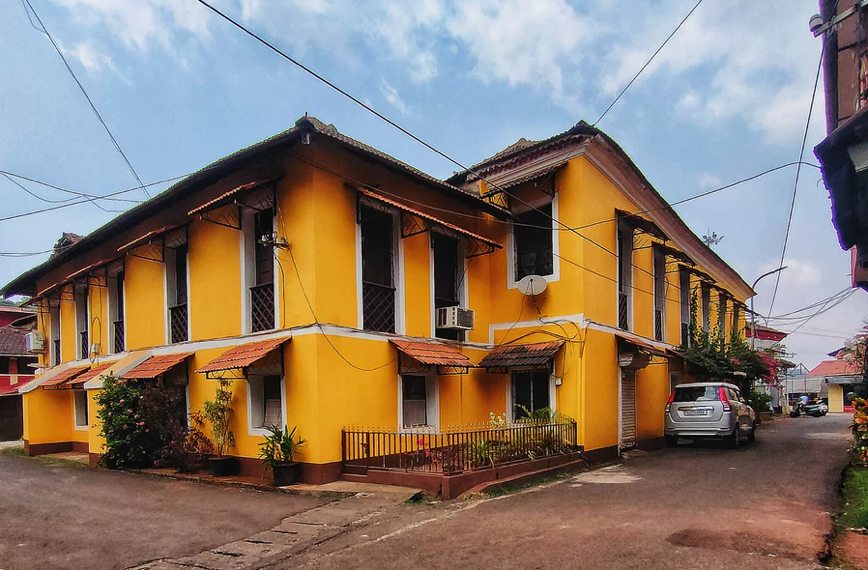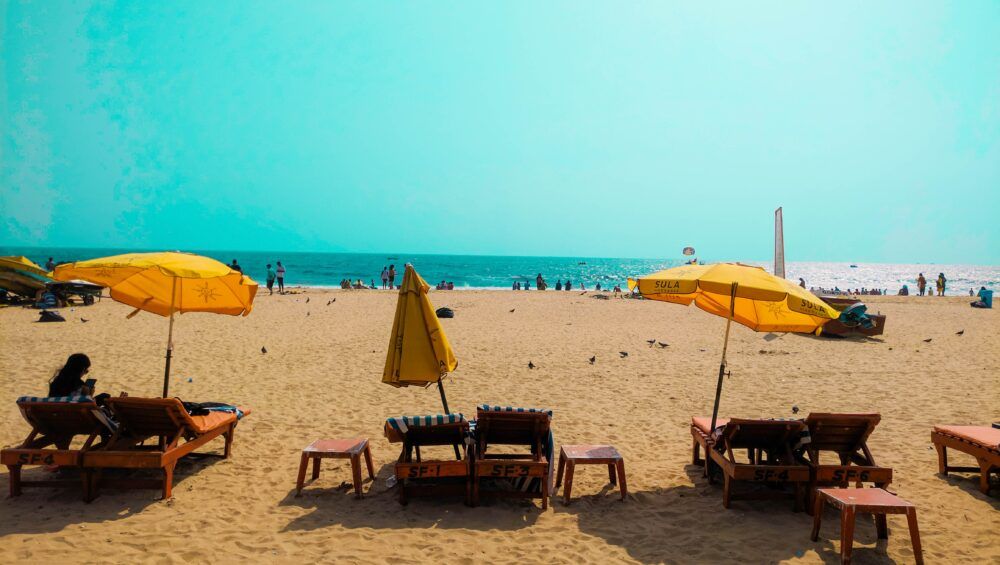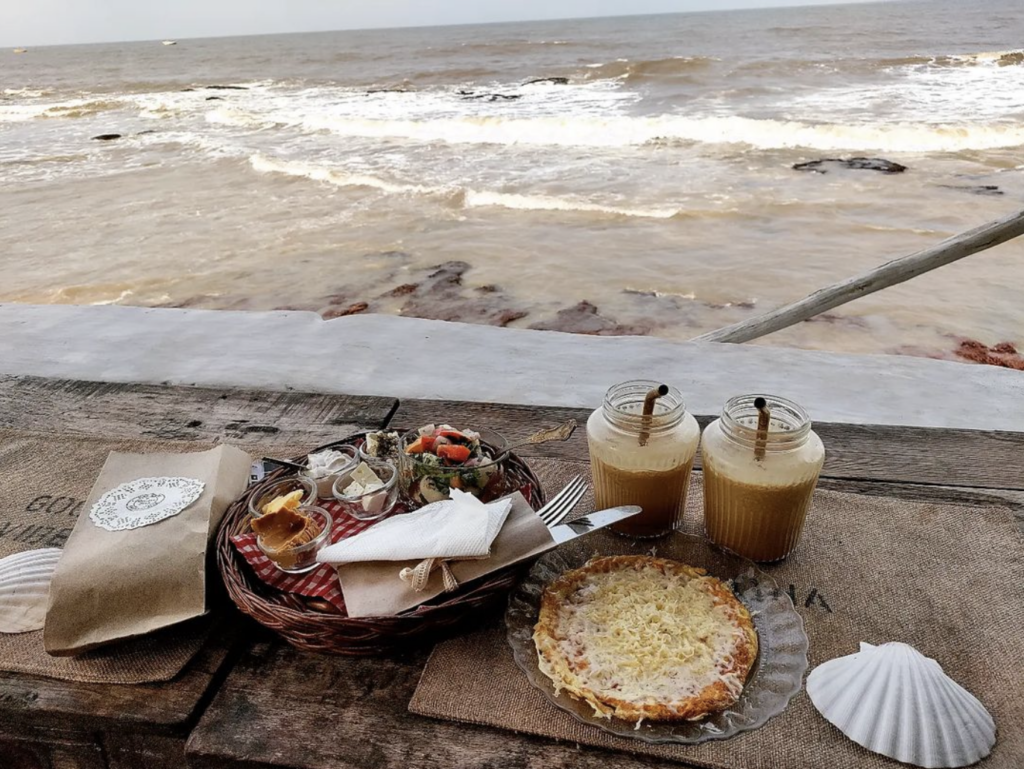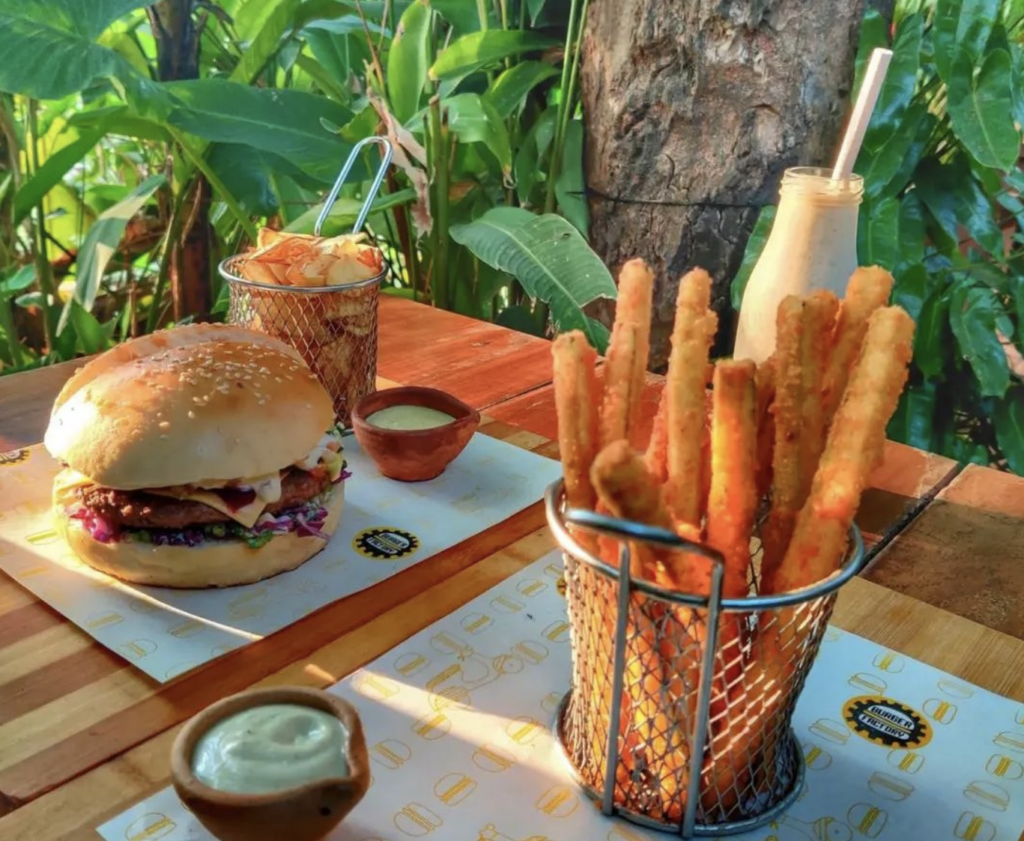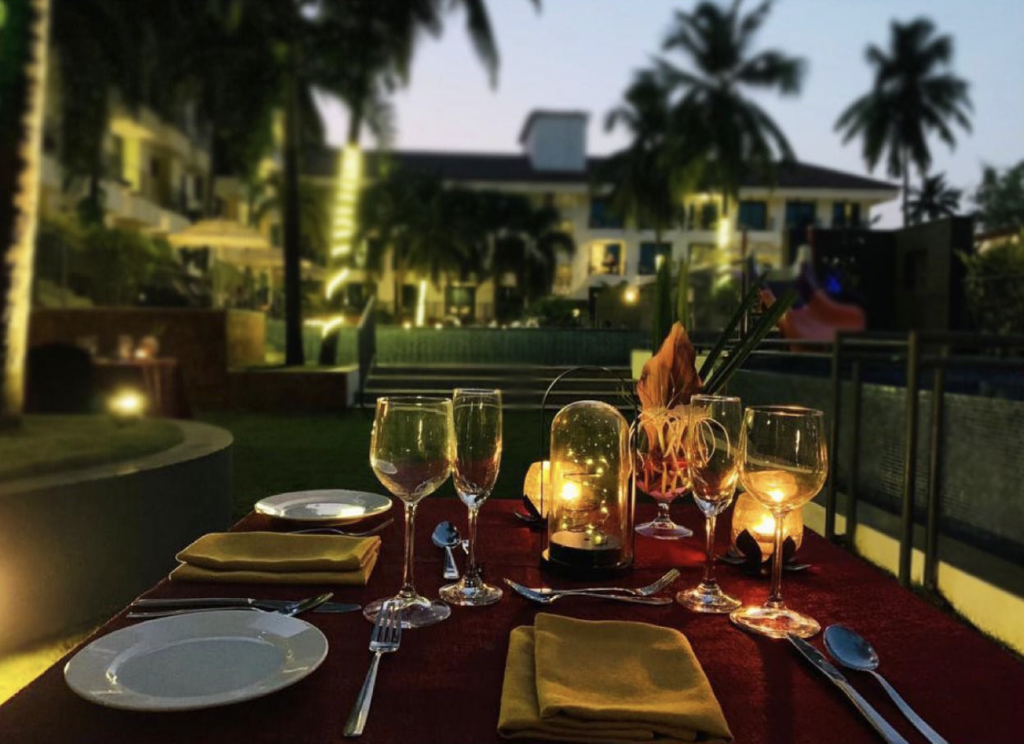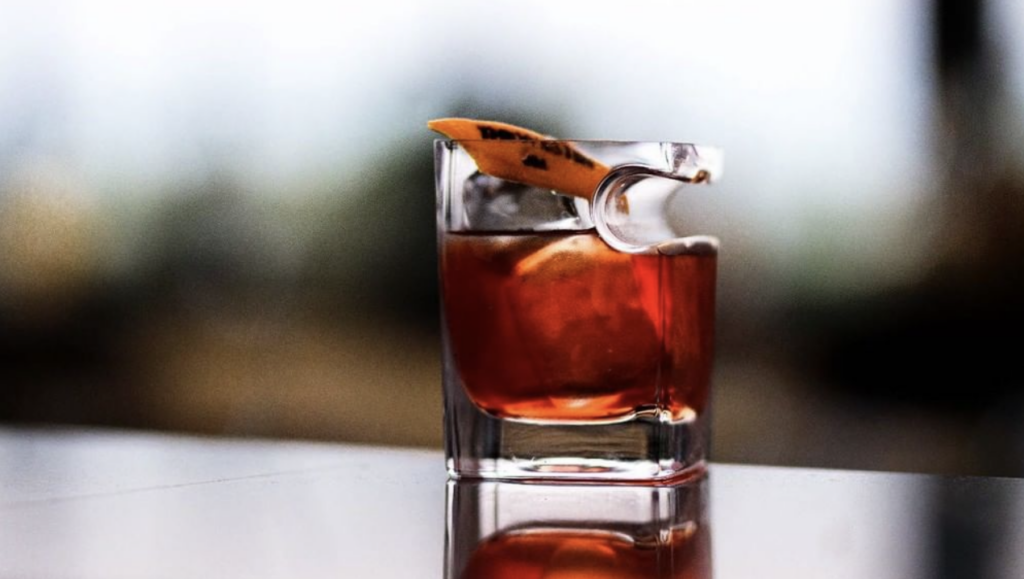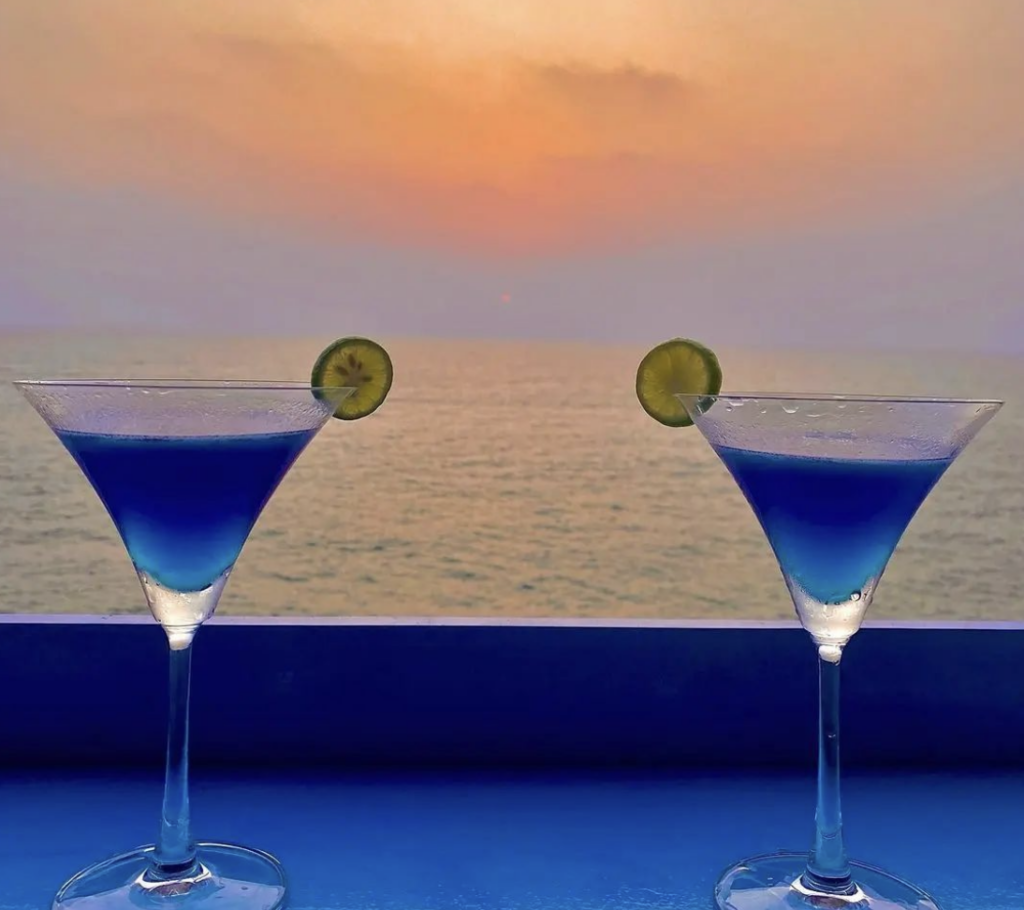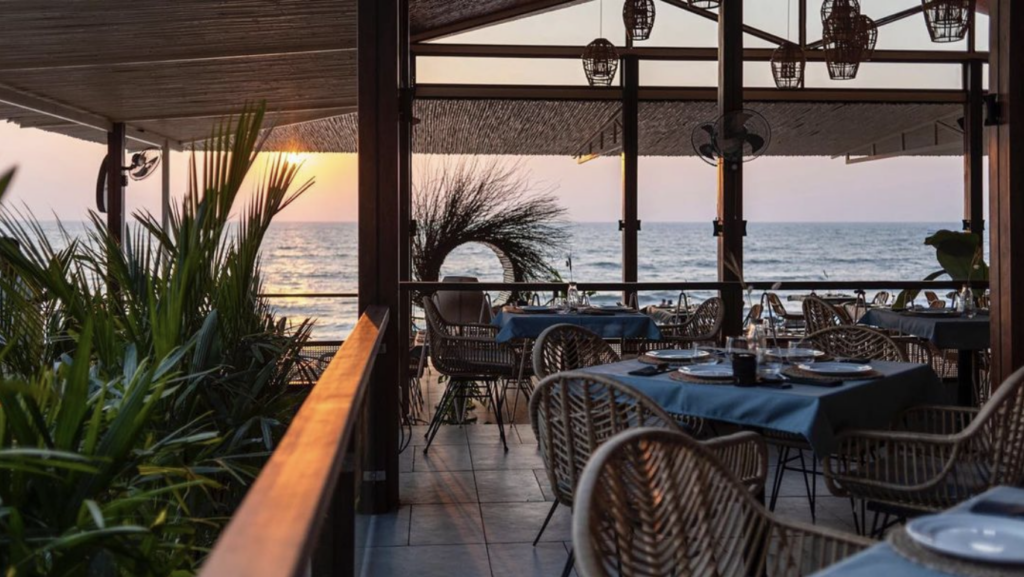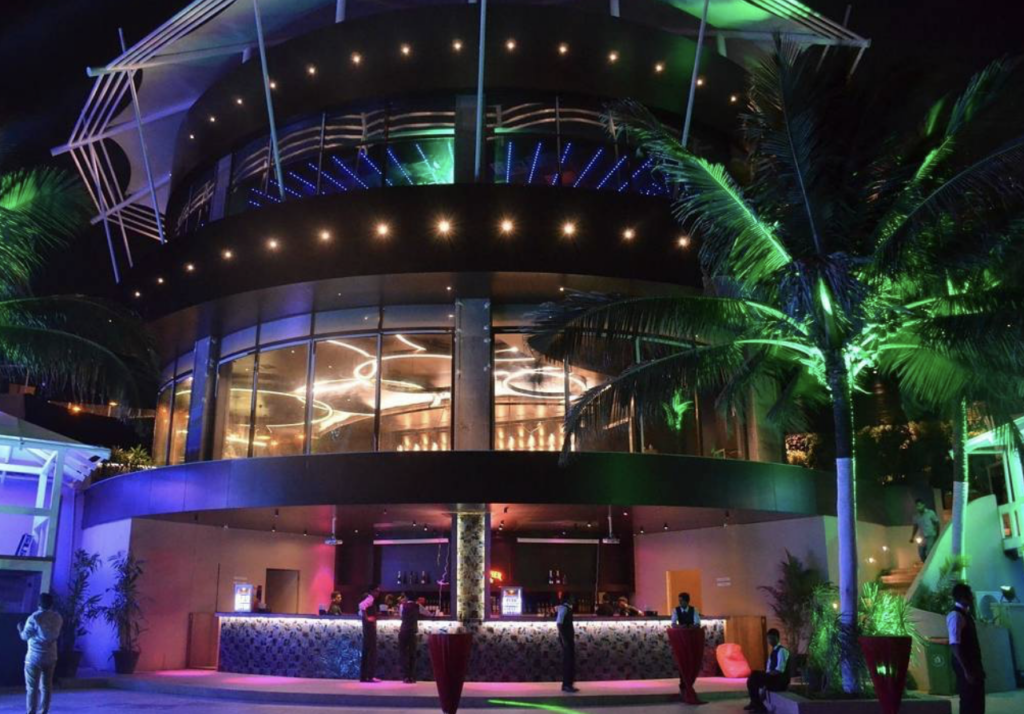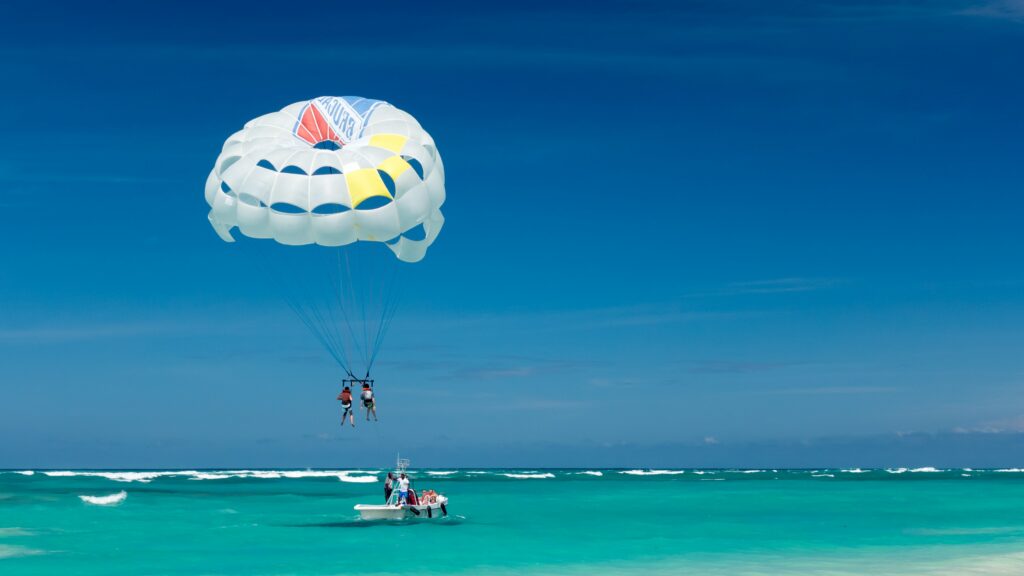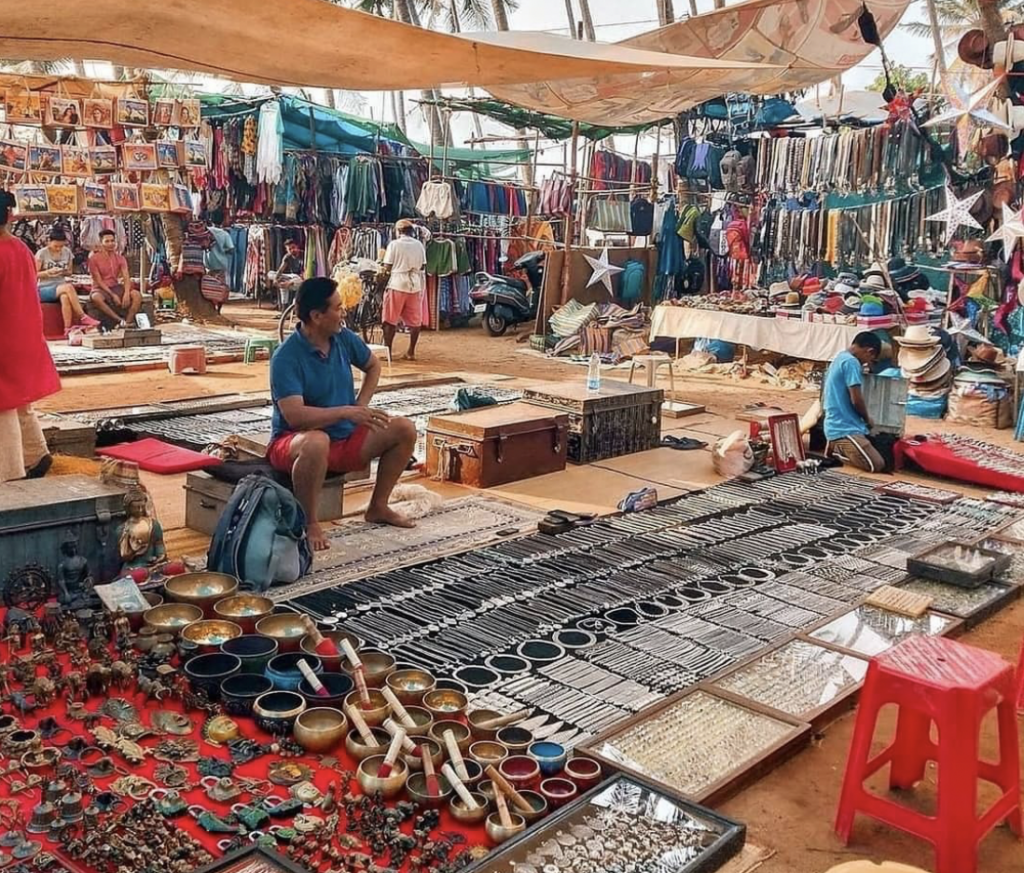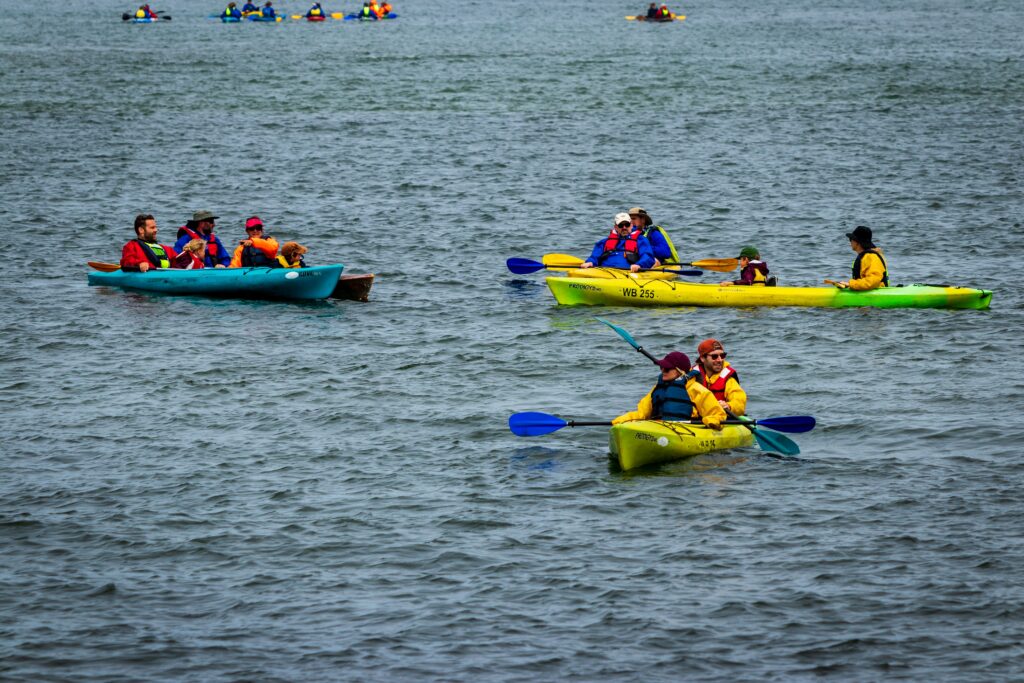The Anatomy Of A Goan Thali
You’ve dipped your feet in the sandy shores of Goa, swayed to live music, splashed around in the motor boat and shopped to your heart’s content in the hippie markets. Yet it would be remiss of you to wrap up this exotic vacation without tasting the authentic Goan Thali. Much like the people of Goa, the food is a blend of various cultures.
The origins of Goan cuisine lie in its Konkani culture roots and over 451 years of Portuguese influence. Did you know that potatoes, chillies, cashew, tomatoes and vinegar were introduced to India by the Portuguese? Today, it’s almost impossible to imagine Indian food without them! It’s also the reason why many Goan and Portuguese dishes share similar names and ingredients.
So if your taste buds long for a burst of flavour, you’re in the right place. Here’s all you need to know about Goan food and where to find a savoury Thali.
Goan Fish Thali
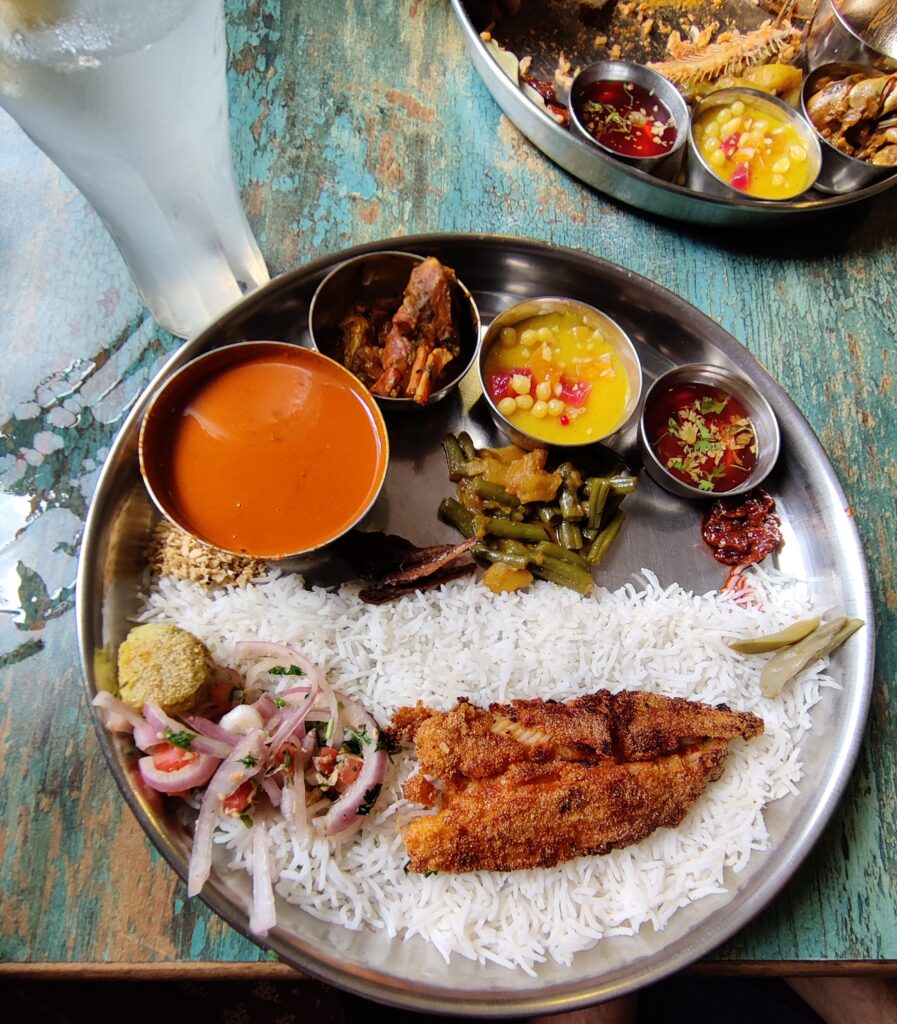
Goans love their fish thali and in this thali, lies the true essence of Goan food. Needless to say, it’s the staple meal of every Goan household. Although we all enjoy delicately decorated plates of pretty dishes, fried fish, curry and rice offer the homely comfort you may miss in commercial restaurants. But what exactly makes this thali so special? Let’s find out.
The Anatomy
Sol Kaddi: Any Goan Thali is incomplete without coconut milk and Kokum juice. Whenever you order a Thali from any authentic and regional eatery serving Goan cuisine, it’ll come with a tiny bowl or glass of a dark pink beverage on the plate (vati) garnished with coriander. This kokum drink is great for cooling off in hot Goan summers.
Bilimbi Curry: A veg curry made by simmering tangy Bimba fruits in coconut gravy. The fruit is cooked in a coconut stew with a few spices in this dish, creating a flavour explosion in your mouth. The fruit’s tartness and the coconut gravy’s sweetness go together like yin and yang. Another variety of curry is made with prawns and radishes.
Prawns Kismoor: Kismoor means mixture. Made from dry prawns or golma, this dish is a go-to during the rainy seasons when fishing isn’t viable. The tang and spice of Prawns Kismoor are bound to tingle your taste buds.
Ambotik: Next is a delicious hot curry that pairs wonderfully with appams, pao (bread), rice, and sannas (steamed rice cake made of coconut, rice and yeast). Ambotik can be made with several kinds of fish- sardines, sharks, salmon, prawns, mackerel and kingfish. Most Goan dishes use Kashmiri red chilli in their gravies, which gives them a beautiful rich red colour.
Vegetable/Bhaji: The vegetable you get with your thali may vary on a day-to-day basis. It could be a simple potato sabzi, red spinach, beans or okra (lady’s finger).
Fried Fish: The star of the meal- a Goan thali would be incomplete without Rawa fish fry. The fish used to prepare this dish is kingfish, also called viswon or chonak (giant sea perch). The entirety of the fish is dipped in a blend of spices, coated with a layer of suji (semolina) and then fried in coconut oil. The crispiness of the fried fish makes a great addition to the succulent curry and rice.
Tisryo Corop (Clams): Seafood is almost always present in multiple forms in a typical Goan meal. Clams are prepared in a coconut-based semi-gravy that contains only a few spices, allowing the flavour of the clams to take centre stage. Kokum or tamarind paste, when added, adds a sense of earthy tanginess that enhances the clams’ salty taste.
Sheera: Can’t end a meal without dessert, can we? Goan Rava Sheero is loved by children and elders alike. It’s pretty similar to the regular Suji ka halwa. What sets it apart is the use of clove which makes it extremely flavourful. This delightful dessert is cooked in the goodness of ghee and nuts like raisins and almonds.
Boiled Rice: To wrap up the traditional Goan thali, we have good old boiled rice that serves as the base item to pair with our curries and fish.
Secret Ingredients: Xacuti Masala & Recheado Masala
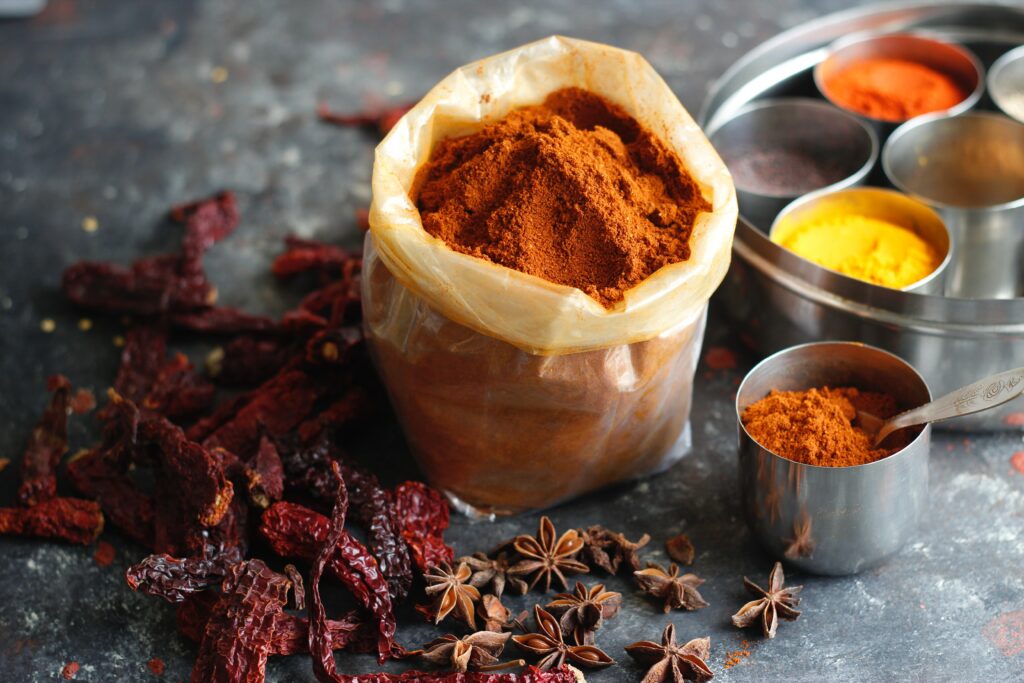
The magic of any cuisine lies in the spices or the masala. You’ll find a set of designated spices and oils for every region that you visit in India. So much so, that just changing the quantity of the spices and using coconut oil instead of mustard can switch up the whole dish. Interesting, isn’t it? Just as the South Indians love their freshly roasted Sambhar Masala and the North Indians their Garam Masala, the Goans are very attached to their Kokum & Coconut.
For Goa’s world-famous seafood, the secret isn’t just in the quality fresh sea produce, but also in the masala that they use in their recipes. Every indigenous restaurant in Goa is bound to have Xacuti Masala and Recheado Masala in their kitchens.
Xacuti Masala
A spicy and hot masala that is used in the preparation of Goan curries, lamb, beef or chicken. White poppy seeds, grated or sliced coconut, and huge dried red chillies are dry roasted over low flame until they start crackling. The dry ingredients are then blended in a mixer grinder and turned into a fine powder. Add some tamarind juice and now you have Xacuti paste.
Although this mix is generally used for non-vegetarian items, there’s no rule that says it can’t be used for cooking vegetarian food. Chicken Xacuti is a famous Goan dish cooked in this masala.
Fun Fact: The word ‘Xacuti’ originates from the Portugues word ‘Chacuti’
We have linked the recipe video of this Goan masala along with some recipes that you can try if you enjoy cooking
Recheodo Masala
Kripal Amanna ( Gourmet On The Road on Food Lovers TV) describes Recheodo masala as “sweet, sour and hot”, “so good that you could eat it by itself”. It’s used to coat fish before frying or tawa frying. An important ingredient that contributes to the unique flavour of this masala is ‘Goan vinegar’ which is basically coconut vinegar. Feni is an optional ingredient but it definitely adds a hint of exotica to the masala.
The sourness of the natural vinegar is balanced with sugar or jaggery. This flavoursome masala is made of onions, garlic, cumin, cloves, ginger and black pepper. It’s a versatile paste that can be used to marinate prawns, chicken or even paneer.
Treasure Hunt: Places That Serve Authentic Goan Thali
All across Goa, there are several cafes and restaurants that serve the traditional Goan Fish Thali. They’re fairly reasonable, with prices ranging from Rs 150 to Rs 300 and Rs 500 if we go for a fancier place. The price of the thali also depends on the fish option that you choose while ordering.
All the places mentioned below are age-old eateries that have been trusted for taste, authenticity and quality through decades.
- Kokni Kanteen (near Panjim, North Goa)
- Ritz Classic (Panjim, North Goa)
- Anantashram (Vasco Da Gama, South Goa)
- Ankita Classic (Amberem, North Goa)
- Peep Kitchen (Panaji, North Goa)
- Rita Bar & Restaurant (Nerul, North Goa)
- Kismoor Sangolda (Sangolda, North Goa)
- Fish Deck (Calangute, North Goa)
Cheap vs Expensive Thali

The decision of whether you should go for a cheap or an expensive thali depends on your expectations. Places that are on the higher end emphasise presentation and ambience. Kismoor Sangolda, Peep Kitchen, Rita Bar & Restaurant and Fish Deck are the restaurants that offer an aesthetic restaurant experience along with delicious Thalis. So if you wish to have Goan food amidst a tropical ambience with trees and breeze, Kismoor Sangolda would be the place for it. The thalis in these restaurants are generally priced around Rs 550.
On the other hand, you may come across several food shacks along the road offering a Goan thali for as cheap as Rs 99! You can get a Fish Thali in Kokni Kanteen, Anantashram, Ankita Classic and Ritz Classic just for Rs 140- Rs 300, making them budget-friendly options.
Another difference between cheap and expensive thali is the number of items that you get in the thali. Some places may serve more dishes than others, depending on the cost.
However, at the end of the day, it comes down to the kind of experience that you crave. While fancy restaurants provide a picturesque ambience, quaint restaurants offer you a ‘local feel’ that is hard to find elsewhere.
Bonus Tip: After a day of adventure and outing, sit back and enjoy an appetizing thali for your mid-day meal or dinner. To have it in true Goan style, give up the cutlery and dive in with your fingers. You’ll spot the locals eating with their hands because they believe that it creates a direct connection with food, thus enhancing the flavour.
Bon Appetit!
